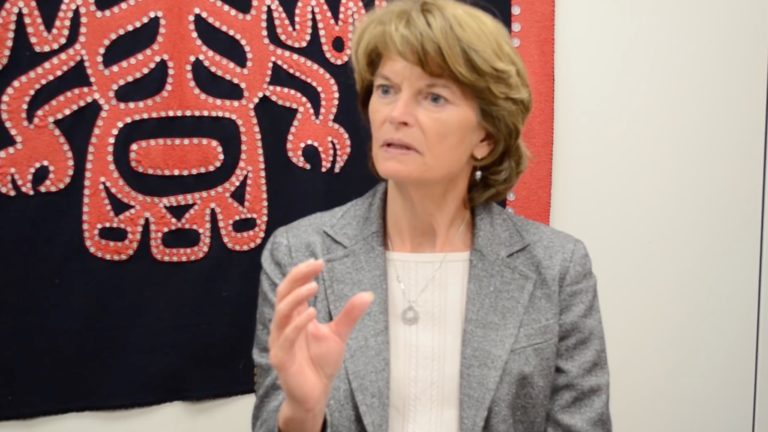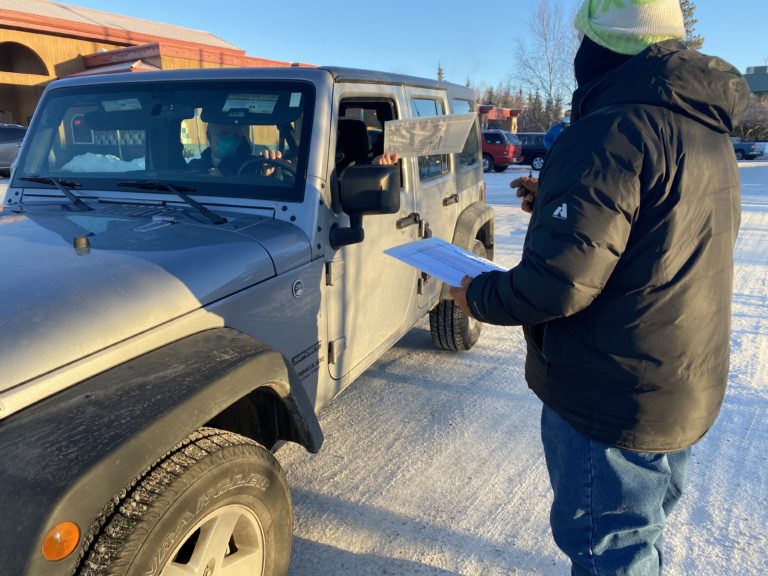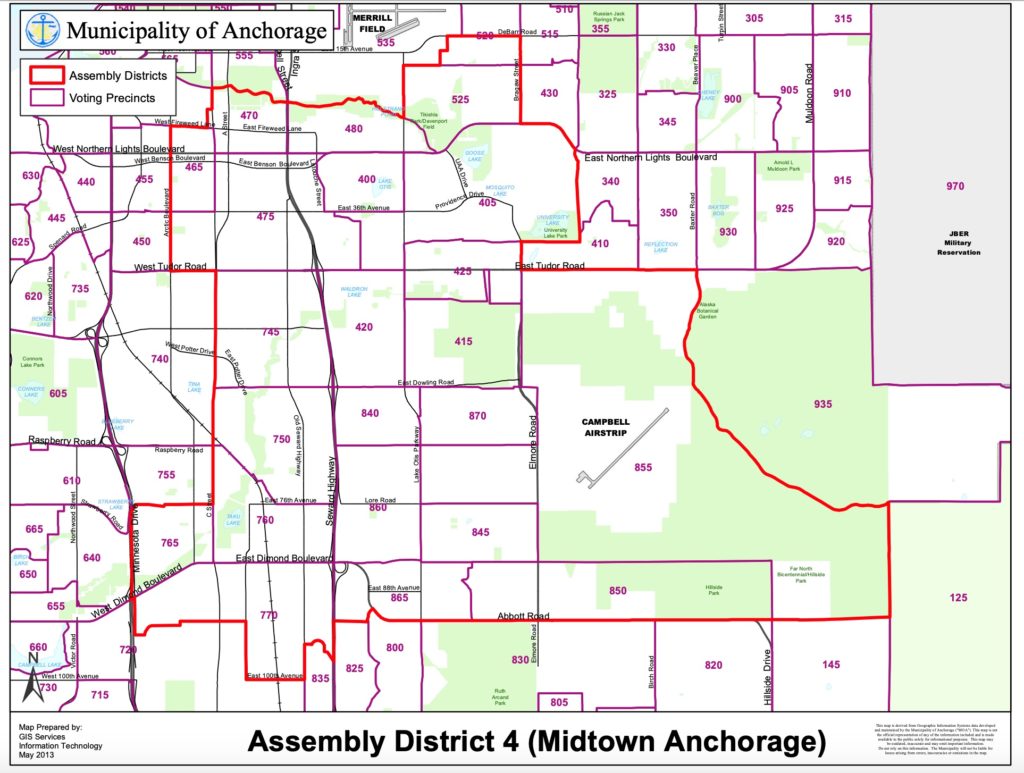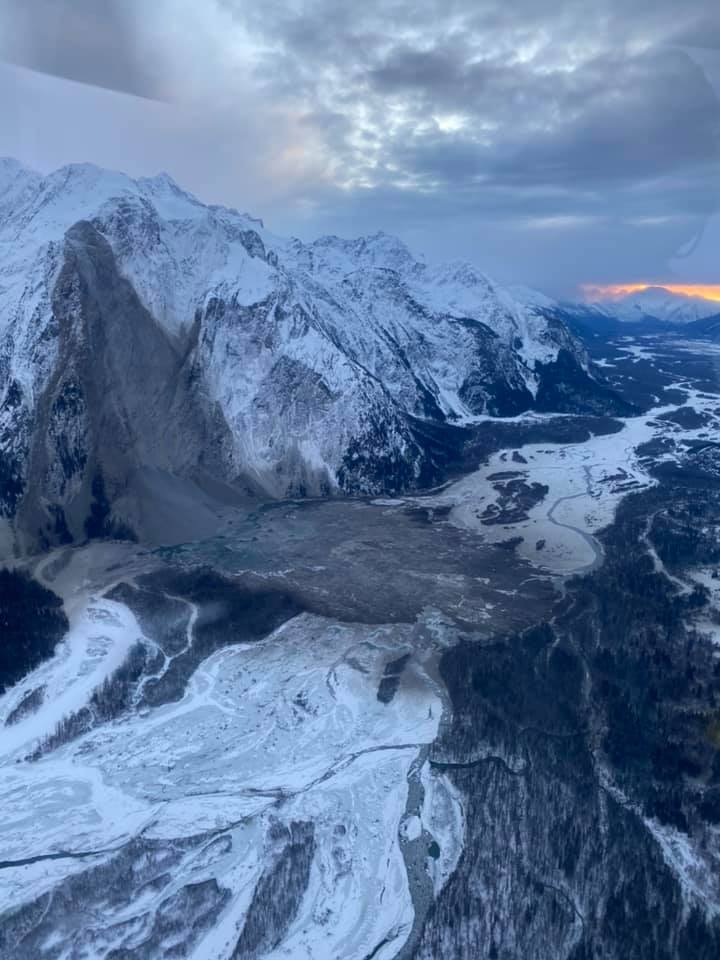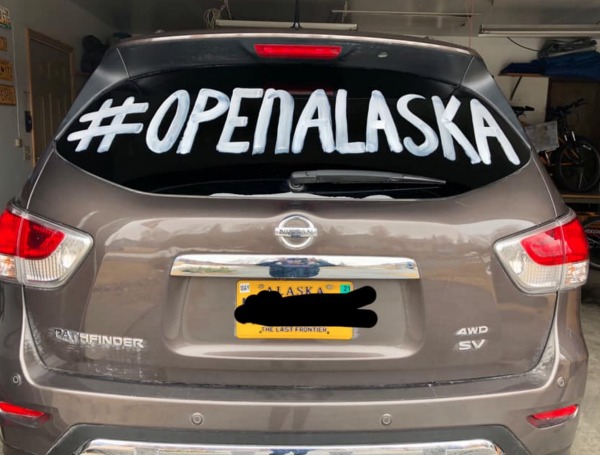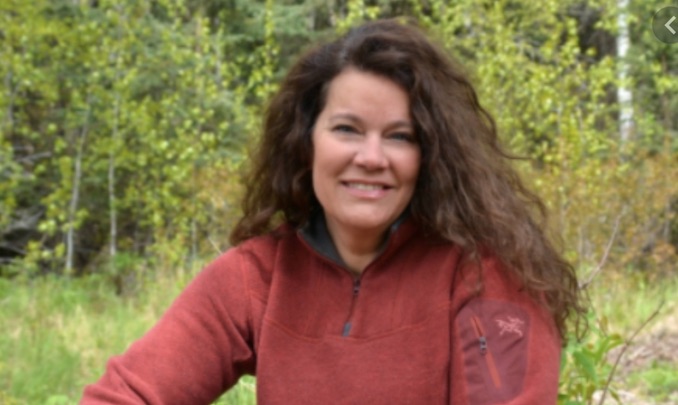U.S. Senator Lisa Murkowski says she will vote in the affirmative on the Electoral College’s vote, and in favor of certifying the 2020 presidential election.
Her statement came shortly after Sen. Ted Cruz, who is leading a group of senators in challenging the validity of the election, issued a powerful statement calling for an audit.
The senators, which include Ron Johnson, R-Wis.; James Lankford, R-Okla.; Steve Daines, R-Mont.; John Kennedy, R-La.; Marsha Blackburn, R-Tenn., and Mike Braun, R-Ind.; as well as Sens.-elect Cynthia Lummis, R-Wyo.; Roger Marshall, R-Kansas; Bill Hagerty, R-Tenn., and Tommy Tuberville, R-Ala., say there needs to be an emergency 10-day audit of the results by an electoral commission to investigate “unprecedented allegations of voter fraud and illegal conduct.”
The Sen. Cruz statement is at this link.
Cruz wrote, in part: “We are not naïve. We fully expect most if not all Democrats, and perhaps more than a few Republicans, to vote otherwise. But support of election integrity should not be a partisan issue. A fair and credible audit-conducted expeditiously and completed well before January 20-would dramatically improve Americans’ faith in our electoral process and would significantly enhance the legitimacy of whoever becomes our next President. We owe that to the People.
“These are matters worthy of the Congress, and entrusted to us to defend. We do not take this action lightly. We are acting not to thwart the democratic process, but rather to protect it. And every one of us should act together to ensure that the election was lawfully conducted under the Constitution and to do everything we can to restore faith in our Democracy.”
Murkowski is part of the moderate group of Republicans in the Senate and has shown her dictate for President Donald Trump frequently over the past four years.
Must Read Alaska was not able to reach the office of Sen. Dan Sullivan for comment. He is a friend of Sen. Cruz, who came to Alaska to campaign on his behalf this summer.
Murkowski’s statement said, in full: “I swore an oath to support and defend the Constitution of the United States and that is what I will do January 6—just as I strive to do every day as I serve the people of Alaska. I will vote to affirm the 2020 presidential election. The courts and state legislatures have all honored their duty to hear legal allegations and have found nothing to warrant overturning the results. I urge my colleagues from both parties to recognize this and to join me in maintaining confidence in the Electoral College and our elections so that we ensure we have the continued trust of the American people.”
In a separate action, Republican Sen. Josh Hawley said this week that he will object to a failure by Pennsylvania — to follow its own election laws.
The Constitution provides a process by which Congress confirms the vote of the Electoral College on Jan. 6 in a joint meeting of Congress. That is when the presidential election is finally over.
In a result that has been contested by many Republican observers, Joe Biden has 306 Electoral College votes, to 232 for President Trump, who has claimed that voter fraud was widespread in some of the battleground states. The candidates needed 270 Electoral College votes to win.
Cruz said on Fox News that an audit needs to be conducted in the states where results are being disputed. He cited as precedent the 1876 race between Samuel Tilden and Rutherford Hayes, when there were allegations of fraud in multiple states.
“In 1877, Congress did not ignore those allegations, nor did the media simply dismiss those raising them as radicals trying to undermine democracy,” the Republicans lawmakers said in the statement. “Instead, Congress appointed an Electoral Commission — consisting of five Senators, five House Members, and five Supreme Court Justices — to consider and resolve the disputed returns,” Cruz said.
